Molokini: If the name is unfamiliar to you, it won’t be for long. This tiny islet off the coast of Maui is one of the best spots for snorkeling and scuba diving in Hawaii, and, as Hawaii’s snorkeling and scuba scene is already top-notch, that’s saying a lot.
Read on to learn a little about the history of Molokini and what makes it such a fantastic spot. And when you go, please take us with you!
The birth of Molokini
Molokini is believed to have been created through a series of volcanic eruptions around 230,000 years ago. These eruptions also gave Molokini its distinct yellow soil. When volcanoes erupt underwater, the water turns magma to glass crystals which erode faster than volcanic material on dry land. This is in contrast to the red soil of Haleakala, which comes from magma that cooled on land.
Molokini is a partially-submerged volcanic crater which is considered an islet, or a very small island. Archeological evidence indicates that early Hawaiians visited the islet to fish, and most likely to harvest seabirds eggs and feathers.
 Modern history of Molokini
Modern history of Molokini
Molokini has had a bit of a rough past. Like the neighboring island of Kaho’olawe, the U.S. Navy used Molokini for target practice during World War II, partly due to the shape slightly resembling a ship or submerged sub. Detonated in-place unexploded munitions were also placed in the crater by the military, which had devastating effects destroying vast amounts of coral. This very rightly angered the public and prompted volunteer divers to conduct thorough and risky manual removals of unexploded munitions. Recent surveys have confirmed that Molokini has been cleared of unexploded munitions.
In 1977, the islet, crater, and 77 acres of water surrounding Molokini were declared a Marine Life Conservation District (MLCD). With this designation, fishing, collecting, or removing specimens, as well as feeding fish, are all prohibited. As we like to say, “Take only pictures, leave only bubbles!” Dropping anchor is also not permitted due to the damage it could cause to the coral, which is why you see our crew jump in with lines to secure the boat to a fixed mooring.
The ecology of Molokini
There are 250 to 260 marine species in Molokini. The most common are yellow tang, Moorish idol, black triggerfish, 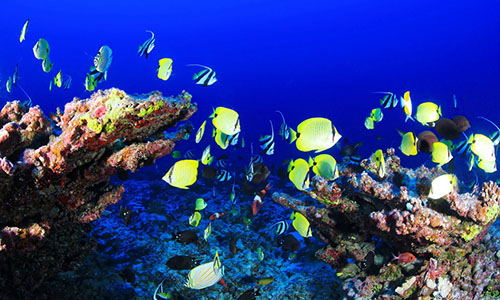
In addition to marine species, there are 38 hard coral species and around 100 species of algae. Rare varieties of plants also call Molokini home—one of these species, the Ihi Molokini, is endemic to only one other place in the world (on nearby Kaho’olawe). Molokini is also a Hawaii State Seabird Sanctuary, and there are two types of nesting seabirds flying high above the cliffs —Bulwer’s petrels and wedge-tailed shearwaters.
Visibility
Molokini is renowned for its incredible water visibility. It’s typically around 100 feet but can surpass 150 feet on a good day. Because the islet is made of rock, very little sediment washes into the water, and so sunlight is able to penetrate deeper than in most places. Offshore currents help to carry away any sediment and pollutants that do find their way into the water, helping the coral reef stay healthy and allowing snorkelers and divers to see clearly.
With its healthy coral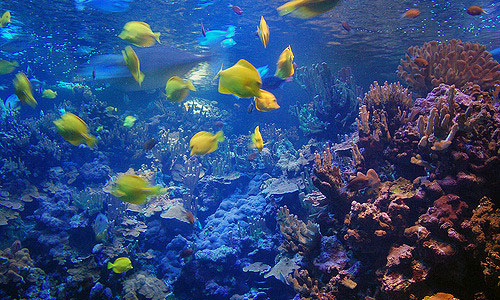

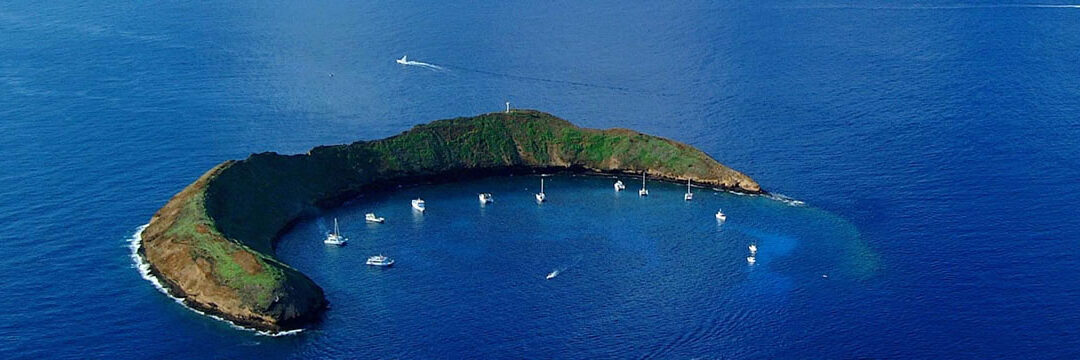
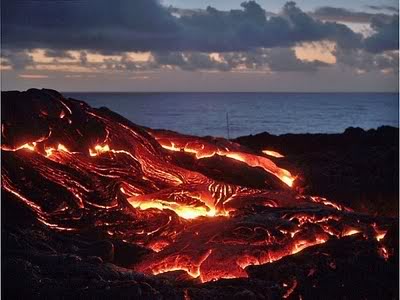
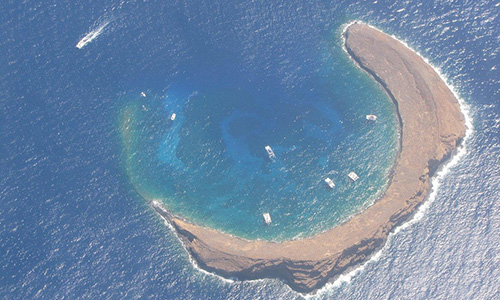 Modern history of Molokini
Modern history of Molokini